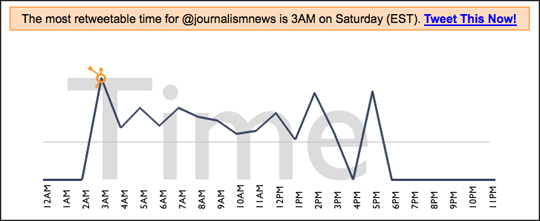Southampton paper the Southern Daily Echo took home the Daily Newspaper of the Year award from last night’s 2011 EDF Energy London and South of England Media Awards, HoldtheFrontPage reports.
The Newsquest-owned Echo took home three awards, but Johnston Press daily the News, based in Portsmouth, took away the most prizes, scooping four on the night.
HoldtheFrontPage has the full list of winners named at the ceremony at Lord’s Cricket Ground, as listed below:
Newcomer of the Year: Nikki Jarvis, Croydon Advertiser
Environmental Journalist of the Year: Charlotte Wilkins, ITV Meridian
Business Journalist of the Year: Emma Judd, The News, Portsmouth
News Photographer of the Year: Terry Applin, The Argus
Sports Journalist of the Year: Jordan Cross, The News, Portsmouth
Feature Writer of the Year: Sarah Foster, The News, Portsmouth
Columnist of the Year: Louise Ford, Kent and Sussex Courier
Designer of the Year: Graeme Windell, The News, Portsmouth
Radio Journalist of the Year: Julia George, BBC Radio Kent
Television Journalist of the Year: Andrew Pate, ITV Meridian
Weekly Print Journalist of the Year: Gareth Davies, Croydon Advertiser
Daily Print Journalist of the Year: Jenny Makin, Southern Daily Echo
Website of the Year: Getreading.co.uk
Community Campaign of the Year: Southern Daily Echo – Have a Heart
Front Page of the Year: Faversham News – Murdered teenager discovered by side of road
Radio news or current affairs programme of the year: Breakfast Show, BBC Radio Kent
Television news or current affairs programme of the year: ITV Meridian – Turner Contemporary Opens.
Free Weekly Newspaper of the Year: The Wokingham Times
Paid for Weekly Newspaper of the Year: Kent and Sussex Courier
Daily Newspaper of the Year: Southern Daily Echo
